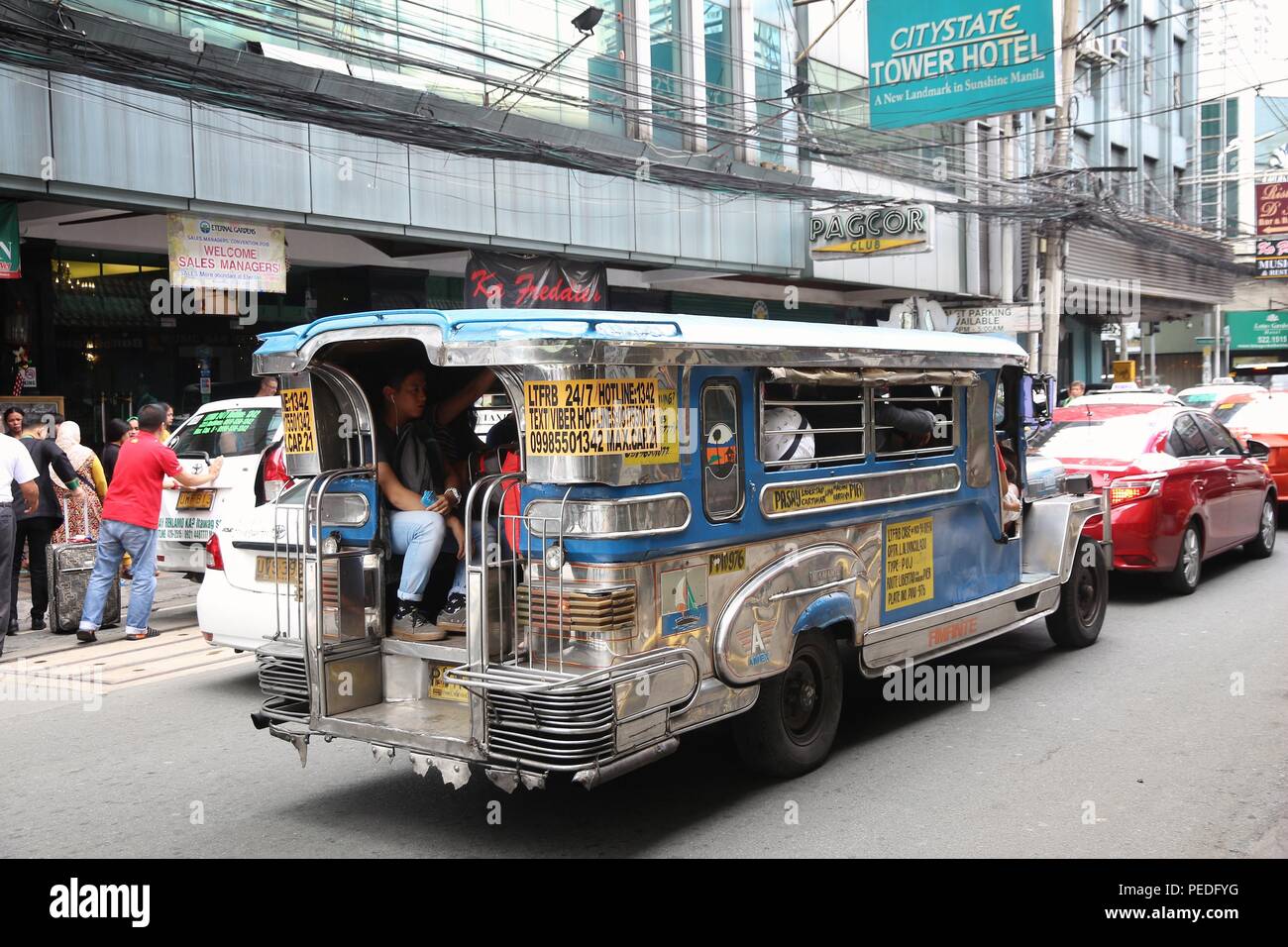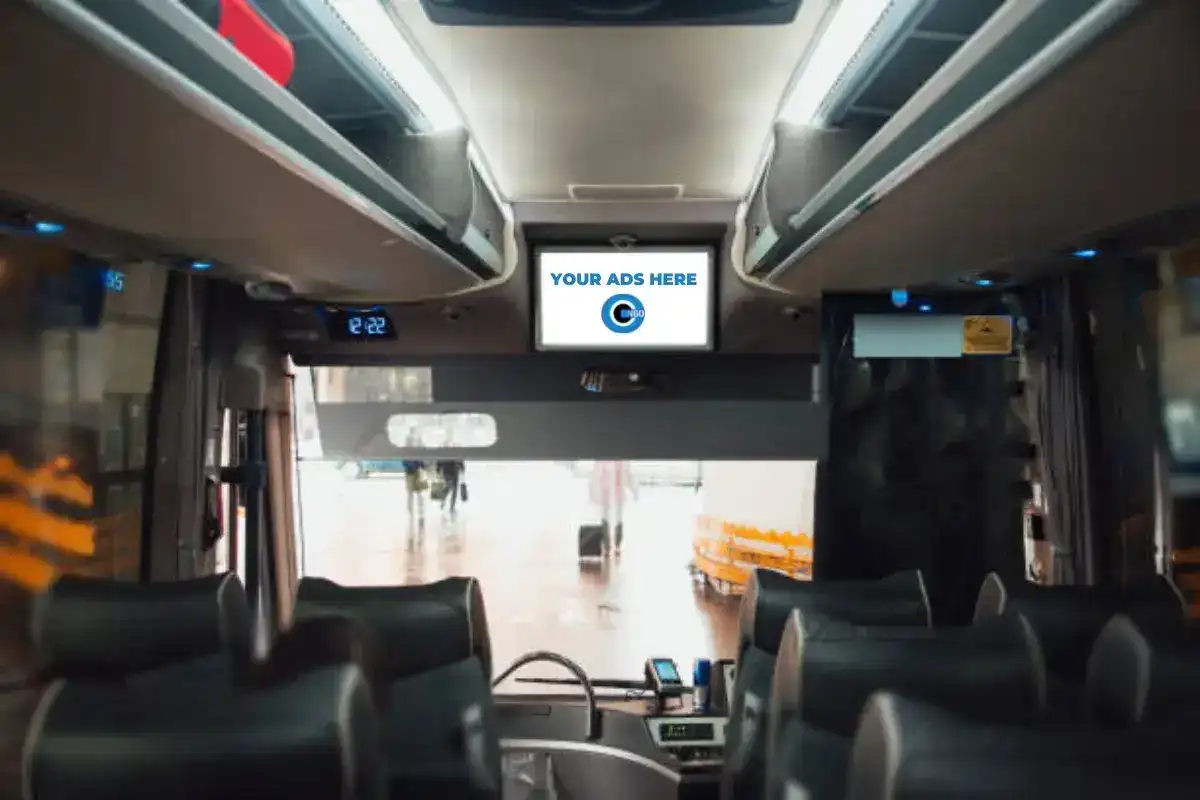Transit Advertising Philippines: A Cutting-edge Method to Promote
Transit Advertising Philippines: A Cutting-edge Method to Promote
Blog Article
How Transportation Advertising Can Transform Public Transport Spaces Into Dynamic Marketing Operatings Systems
Transportation advertising and marketing holds substantial potential to redefine public transportation spaces right into dynamic advertising and marketing systems that engage and educate. By utilizing cutting-edge layouts such as electronic display screens and interactive stands, brands can not only reach a varied audience but also improve the overall traveler experience. This approach creates an one-of-a-kind opportunity for brand names to link with customers in a setting that is frequently ignored. As we check out the multifaceted advantages and developing techniques of transit advertising, it elevates the question of exactly how this improvement can redefine our communications with both brands and the urban setting.
Advantages of Transportation Advertising

Furthermore, transit marketing is highly cost-efficient compared to traditional media. It allows advertisers to achieve high impacts at reduced prices, maximizing return on financial investment. The restricted target market of travelers gives a chance for brands to convey their messages to individuals that are usually responsive throughout their travel times.
In addition, the vibrant nature of transportation advertising allows projects to be updated regularly, ensuring that messaging continues to be pertinent and timely. This flexibility can be crucial in reacting to market fads or marketing events, maintaining the brand name top-of-mind for consumers. Last but not least, the prevalent visibility of transportation advertising adds to brand name recall; repeated exposure within familiar travel contexts reinforces brand name awareness and promotes consumer loyalty, eventually driving sales and boosting brand online reputation.
Types of Transit Advertising And Marketing
Mass transit systems supply different layouts for advertising and marketing, each dealing with various advertising techniques and audience interaction techniques. One famous type is exterior bus and train covers, which cover the entire car and create a mobile billboard impact, permitting high visibility in city settings. These wraps can record interest as they traverse active streets, getting to a diverse target market.
An additional prominent layout is interior advertising, which consists of posters, digital screens, and advertisements on transit seats. These placements engage travelers during their trip, enhancing brand messaging in a constrained space. Digital shows, in particular, supply the advantage of dynamic web content, making it possible for advertisers to upgrade messages in real-time.
Terminal advertising and marketing is likewise considerable, featuring posters, banners, and interactive kiosks within transit terminals. These advertisements leverage foot website traffic and can target certain demographics based upon place.
Lastly, marketing partnerships with transit authorities can bring about unique campaigns, such as themed transportation experiences or occasions, enhancing the total engagement with travelers. Each kind of transit advertising and marketing offers unique advantages, enabling brands to tailor their strategy to efficiently reach their target audience within the general public transportation ecosystem.
Engaging Travelers Successfully
Travelers are increasingly flooded with advertising and marketing messages during their day-to-day travels, making it essential for brands to involve them in cutting-edge ways. To capture focus in this jampacked area, marketers should prioritize creative thinking and significance. Utilizing appealing visuals and succinct messaging can dramatically improve the possibility of involvement.
Interactive aspects, such as QR codes or increased fact attributes, can additionally transform fixed advertisements into immersive experiences, fostering a deeper link with the audience. Brand names need to concentrate on dealing with commuters' interests and demands, tailoring messages to reverberate with their lifestyle, whether with try this website promotions for regional companies or solutions developed to improve their travelling experience.
Furthermore, timing plays a vital duty; strategically placing ads throughout top travelling hours can maximize visibility and influence. Involving commuters effectively likewise includes leveraging social media sites assimilation, allowing guests to share their promotions or experiences directly from transit platforms, therefore magnifying brand reach.
Basically, effective interaction depends upon comprehending the commuter journey and developing engaging, interactive, and relevant advertising and marketing experiences that not only catch interest but likewise drive action and commitment. By doing so, brand names can change mass transit right into a vibrant advertising platform that resonates with its target market.

Measuring Advertising Impact
Just how can brand names properly examine the effectiveness of their ad campaign in transit settings? Measuring the influence of transit marketing requires a diverse approach that incorporates quantitative and qualitative metrics. One prevalent technique is tracking engagement with mobile analytics, where brand names can evaluate foot website traffic patterns and app communications previously, during, and after campaigns.
Studies can offer beneficial insights right into brand name recall and consumer belief, permitting brands to assess just how well their messages resonate with travelers. Additionally, keeping track of social media sites engagement associated to details campaigns can expose changes in public assumption and brand conversation.

In addition, collaborating with transit agencies can improve measurement precision, as they usually have detailed imp source demographic data on ridership trends. By integrating these methods, brand names can create a thorough understanding of their advertising effectiveness, ensuring that their campaigns not only get to yet additionally impact their target market effectively.
Future Trends en route Advertising And Marketing
A substantial change is prepared for in transportation marketing as technological developments and changing consumer actions improve the landscape. Transit Advertising Philippines. The combination of digital displays and interactive media is expected to enhance engagement, permitting brand names to provide dynamic web content that reverberates with diverse audiences. As mass transit systems welcome wise innovation, advertisers will certainly leverage real-time information analytics to customize messages based on passenger demographics and actions
Additionally, enhanced reality (AR) is positioned to reinvent the way travelers engage with ads. By providing immersive experiences, AR can change a mundane trip right into an appealing story that records attention and cultivates brand commitment. This advancement will likely encourage marketers to create even more experiential campaigns that drive customer interaction.
Sustainability is an additional essential pattern affecting transit advertising and marketing. As environmental awareness grows, brand names will increasingly look for to straighten with eco-friendly methods, making use of sustainable products and advertising eco-friendly campaigns within their campaigns.
Final Thought
Finally, transit advertising and marketing provides considerable benefits by enhancing brand name presence and engaging a captive target market. Via various styles, such as outside wraps and digital screens, it changes mass transit into a lively advertising and marketing platform. Efficient interaction approaches and robust measurement methods further magnify its influence. As trends develop, the capacity for innovative communications in between brand names and travelers is see post poised to grow, making sure that transportation advertising stays a crucial part of modern-day advertising and marketing strategies.
Transportation marketing holds considerable capacity to redefine public transportation rooms right into lively marketing platforms that notify and engage. The pervasive presence of transportation advertising and marketing contributes to brand recall; duplicated exposure within familiar traveling contexts strengthens brand recognition and promotes consumer commitment, eventually enhancing and driving sales brand name online reputation.
Exactly how can brands properly evaluate the effectiveness of their advertising and marketing campaigns in transportation atmospheres?In conclusion, transportation marketing offers substantial advantages by boosting brand name visibility and involving a captive audience. Transit Advertising Philippines. As trends progress, the potential for cutting-edge interactions in between brands and travelers is poised to expand, guaranteeing that transportation advertising and marketing stays a vital element of modern advertising techniques
Report this page